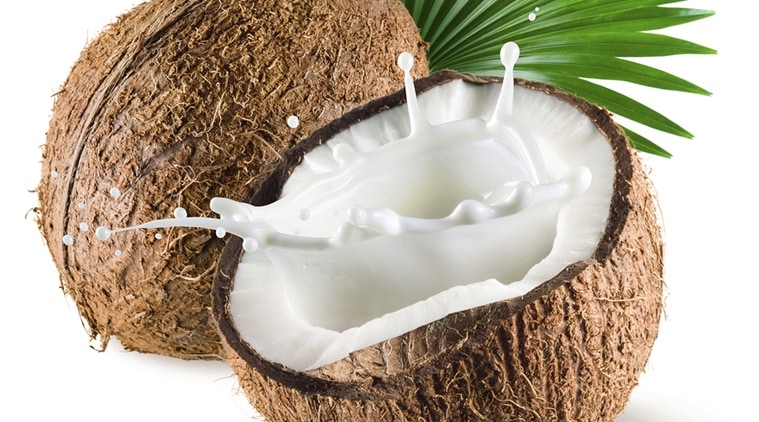Alternative Titles: European marjoram, Origanum vulgare, wild marjoram
Oregano, (Origanum vulgare), also called origanum or wild marjoram, aromatic perennial herb of the mint family (Lamiaceae) known for its flavourful dried leaves and flowering tops. Oregano is native to the hills of the Mediterranean countries and western Asia and has naturalized in parts of Mexico and the United States. The herb has long been an essential ingredient of Mediterranean cooking and is widely used to season many foods. Culinary varieties, such as Greek or Italian oregano, have a strong aroma and a warm pungent taste. Ornamental cultivars are typically more bland in flavour and not suitable for cooking.
Oregano is usually grown as a small evergreen subshrub in mild climates. Its compact oval leaves are arranged oppositely and are covered with glandular trichomes (plant hairs). The young stems are typically square and hairy and become woody with age. The flowers are small and borne in clusters; they range in colour from white to pink or pale purple. All varieties contain essential oil, the principal components of which are thymol and carvacrol.
Oregano is a perennial herb that is exceptionally easy to grow and thrives under the same conditions that thyme can be found growing in. When growing oregano inside, you can use 6" pots, where it will assume more of a trailing aspect than is often found on outdoor plants. Also like thyme, oregano is an excellent plant for hot, dry and sunny places, which means it will frequently thrive indoors given enough light. Regularly pinching off leaves will encourage the plant to be bushier and increase your harvest and even a single pot will provide you with more oregano than one household can reasonably use.
Growing Conditions
- Light: Oregano thrives under bright light, so a bright window with morning sun is perfect. Alternatively, it can be very easily grown under standard or compact fluorescent lights, as well as halide lights. In general, the brighter, the better.
- Water: Water regularly, but not excessively. Let the soil slight dry between waterings. Oregano is naturally drought resistant.
- Temperature: Average. Oregano is a hardy plant that will thrive down to 50˚F and up to 80˚F or higher.
- Soil: Airy, light, fast-draining soil.
- Fertilizer: Use liquid fertilizer, or supplement the soil with controlled-release pellets. For organic oregano, use an organic fertilizer or fortify soil with compost. Be aware that some growers swear the type of compost changes the taste of the leaves, so experiment with fertilizers.
Propagation
Like most other herbs, oregano is typically grown from nursery-raised stock or seeds. Growing oregano from seeds opens up a world of options for this tasty herb—there are many kinds of oregano beyond the standard. If seeds take too long to get started and you have an existing plant, oregano readily propagates from leaf cuttings.
Repotting
Healthy oregano is a rapid grower and will quickly fill the pot. In general, it's a good idea to cut the plant back once it begins to become unruly, which should also reduce the need for repotting. Also in general, don't repot indoor herbs (even perennials). Instead, use them for a few months, then replace the plant when the initial soil begins to show signs of exhaustion, usually after about six months. Ideally, repot oregano just once: from the initial nursery pot (usually 4" plastic pot) into a 6" clay pot when it comes home.
Varieties
There are actually several plants called oregano, including a few that aren't even related. Typical garden oregano is the Origanum vulgare. Along with marjoram, it's a member of the mint family (a particularly delicious family of plants). This plant features purple flowers and is considered a weaker tasting oregano than some of the traditional cultivars, which include Turkish oregano (O. onites) and Italian oregano (O. heracleoticum). Numerous other cultivars are also available, with tastes ranging from mild to rather spicy and strong. Organo/marjoram hybrids are also marketed. Finally, the plant frequently sold as Mexican oregano is actually not an oregano at all but related to the verbana plants.
Grower's Tips
Oregano is a great starter herb because it's easy to grow and tends to yield very well. People used to the dried oregano in bottles will likely be surprised by the sharp flavors of fresh oregano—it has a wonderful flavor that seems only barely related to the dried supermarket product. Nevertheless, oregano is an ancient medicinal plant and its use as a therapeutic agent goes back centuries, where it was used for gastrointestinal and respiratory problems. Oregano can also be dried easily and stored or used to create highly flavored oregano oil.

